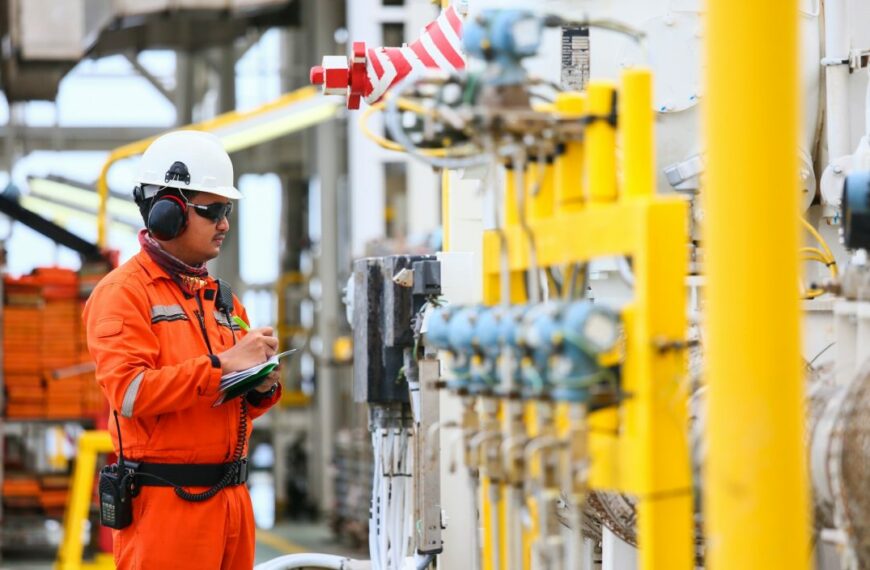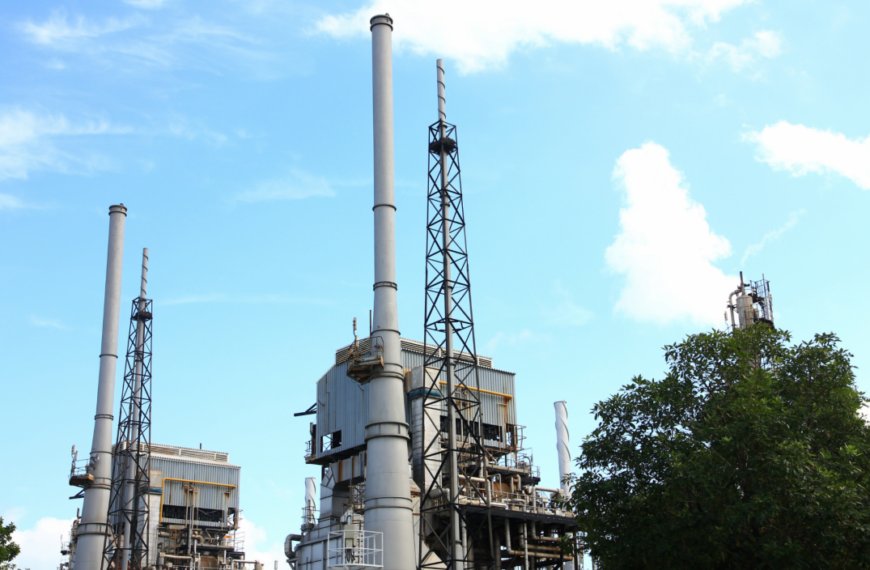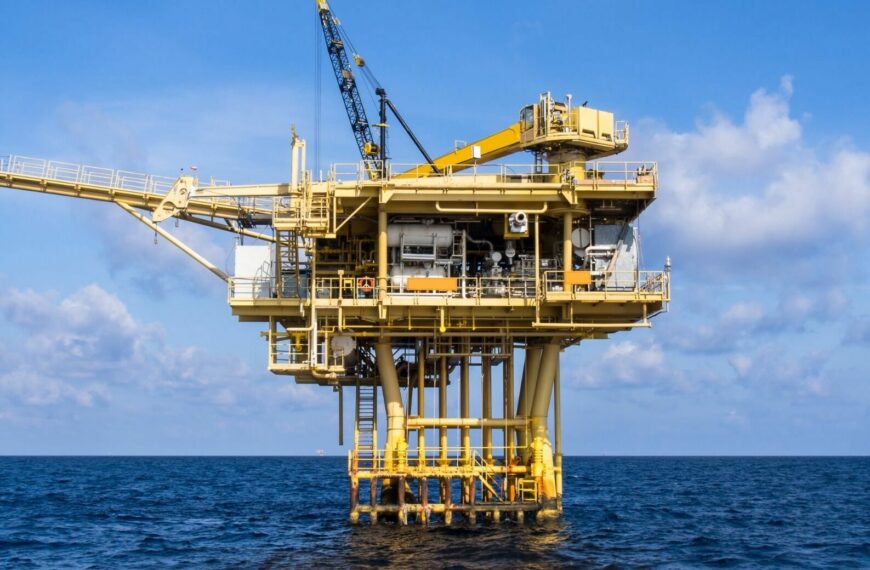
Asset integrity management: Everything you need to know
What is asset integrity management?
Asset integrity management (AIM) is the term used to describe the practice of managing the integrity of an asset. The purpose of this is to ensure that all systems and equipment are performing optimally and operations continue to run smoothly. In turn, this helps to extend the operational life of an asset, to further maximise production and profitability.
Related disciplines include maintenance, inventory management, process safety, operations, inspection and more, all of which are critical in ensuring an asset, and a company’s, overall efficiency and success.
Effective asset integrity management strategies are implemented throughout the full lifecycle of an asset – from the very start of the design phase all the way through to decommissioning, and everything in between.
Why is asset integrity management so important?
The importance of asset integrity management is ever increasing, with many assets reaching or exceeding their operational life expectancy.
Managing the integrity of assets can be an enormous task due to their complexity and the ongoing skills shortages seen throughout the world. As a result, many companies, unfortunately, end up neglecting or delaying crucial tasks like maintenance management, risk assessments and training, leading to an overflow of essential tasks.
The failure to prioritise the integrity of assets has the potential to cause serious damage to both humans and the wider environment. A catastrophic example of this can be seen during the Piper Alpha North Sea disaster which occurred on July 6th 1988. During this devastating event, 167 people lost their lives which sparked a chain of events that would forever change the outlook of health and safety as well as asset integrity management throughout the UK.


The top 3 benefits of effective asset integrity management

1. Higher performance
If assets are to perform at their optimum level, they need to be monitored, maintained and optimised continuously throughout their lifecycle. It is recommended that assets are checked or inspected for factors such as erosion, corrosion, weakness or fatigue – all of which have the power to severely impact operations or worse, halt operations.
The process of asset integrity management is driven by the maintenance and performance of an asset, helping to gather vital information that can be shared with others. Without this data, the early identification of potential issues or degradations would not be possible. By pinpointing issues before they arise, you are able to maximise the uptime of an asset, which in turn increases production and profitability.

2. Reduced risk
The critical information provided through effective asset integrity management increases performance and allows teams to make more informed decisions, ultimately reducing the chance of harmful incidents occurring. Not only does enhanced safety benefit individuals working on an asset, but it also benefits the surrounding environment, similarly lowering the financial risk for the organisation.

3. Greater efficiencies and cost savings
A carefully considered and tactically implemented asset integrity management strategy can bring greater efficiencies, such as larger volumes of real-time asset data and documentation used to manage and arrange work. By establishing strong processes and procedures for planning and scheduling asset integrity tasks, organisations can optimise their performance levels while also reducing costs – a mutually beneficial situation.
In addition, proactive and preventive maintenance, which is a key component of asset integrity management, can help businesses avoid costly repairs and unexpected downtime, resulting in substantial long-term cost savings.
The key challenges of asset integrity management
The role of an asset manager can be extremely challenging, often juggling multiple tasks, from monitoring asset performance and conducting inspections to managing teams and planning workloads.
Monitoring costs
One of the most prevalent challenges encountered by asset integrity management teams is maintaining a balance between each stage of an asset’s lifecycle in terms of business costs, including capital expenditure, time and labour. With many assets throughout various industries approaching the end of their lifespan, managers are faced with a difficult choice on how to handle asset deterioration.
Managing internal and external influences
It’s inevitable that both internal and external pressures will impact the ability to implement an effective asset integrity management strategy, with influences such as fluctuating oil prices, lack of resources and an ageing workforce all having an effect on maintenance and management activities.
There will always be a compromise between these variables. Nonetheless, implementing a reliable asset integrity management system can help reduce the severity of these compromises and align them with the company’s operations.
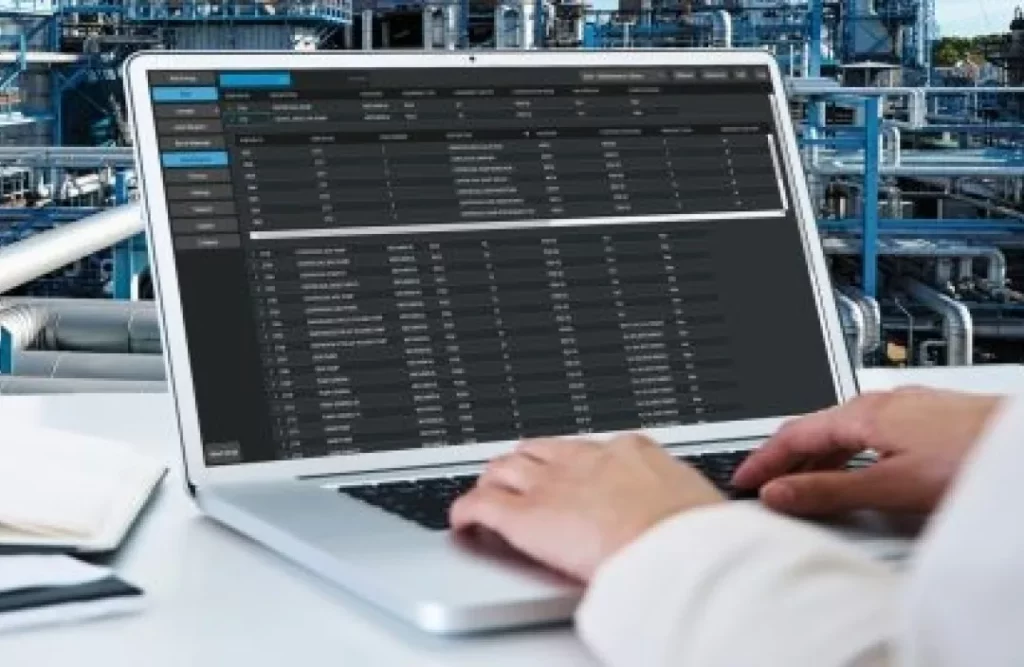
Learn more about our Asset Integrity Management services
Components of an effective asset integrity programme
An essential for any operational plant, the process and implementation of asset integrity management needs to be effective in order to make a difference. However, the question on the minds of many asset integrity managers or plant operators is ‘how do you implement an effective asset integrity management programme?’
Asset integrity management programmes usually involve a mix of proactive and reactive measures such as risk assessments, preventative maintenance, inspections and corrective maintenance. The goal of these activities is to minimise the likelihood of equipment failures, eliminate unnecessary downtime and strengthen the safety and integrity of assets.
Developing an effective asset integrity management programme requires a number of steps including the identification and assessment of risks, the development of a maintenance plan, the implementation of a regular monitoring and inspection system, data analysis and continuous strategic review. Some of the key components of an effective asset integrity programme are detailed below:
Risk assessment
The start of every asset integrity management programme should begin with identifying the potential risks and hazards associated with the assets. By identifying and evaluating potential failures and the criticality of assets, asset integrity managers are able to prioritise the assets that require the most urgent attention.
Maintenance strategy
A comprehensive maintenance strategy should be created based on the risks identified. This plan should be developed to focus on the safety, reliability, and intended performance of the asset, and provide a roadmap and system for managing the asset’s maintenance to ensure the integrity of the asset. There is not a one size fits all approach when it comes to maintenance plans, however most plans include preventative maintenance activities, inspections and testing.
Preventative maintenance is a method of maintenance which is performed regularly or follows a specific schedule aiming to reduce the risk of equipment failure or unplanned downtime. Effective preventative maintenance is not random, it’s based on real-time data often generated from technical software such as a CMMS.
Monitoring and inspection programme
An effective asset integrity management programme requires continuous monitoring and inspection to take place, and typically includes proactively inspecting assets to identify potential failures. The programme should feature regular inspections and testing, non-destructive testing, and continuous monitoring systems. Regular inspections should be conducted according to the age of the asset, condition and criticality while visual inspections can be used to identify any visible damage or defects.
Data analysis
It is recommended that organisations also collect reliable master data on asset performance, maintenance activities, inspection and testing results. The reason for this is that if the data collected is not reliable then it can impact the overall safety and reliability of the assets. Once the data has been gathered, it is essential that it is then analysed, searching for any key trends or patterns that can be used to improve the overall programme.
Continuous improvement and benchmarking
Every asset integrity management programme is subject to continuous improvement in order to keep it relevant and effective. Companies should be regularly reviewing its programmes, identifying areas that need improvement and implementing changes as necessary. Part of this process may involve training, as employees should be aware and trained on the importance of asset integrity management, the benefits it can bring, their role and responsibilities in the programme and the expected outcomes.
Benchmarking is also an essential part of an effective asset integrity management programme, enabling organisations to compare its performance against industry best practices, and helping to identify areas of improvement. Key performance indicators (KPIs) play a large role in this, as once identified, KPIs provide a way for companies to compare and measure its performance over time.
4 fundamental phases of asset integrity management
The asset integrity management process can be broken into four key phases including the initial design, construction, operations and decommissioning phase. Each phase plays an equally important part in building a solid asset integrity management strategy and is key to helping operators reduce costs and maximise production.


The design phase
In the early stages, the primary focus should be on selecting the appropriate materials. It is critical to opt for materials that are durable and reliable, and that will sustain the asset’s expected lifespan. Failing to do so can result in severe consequences such as equipment failure, repairs, and unplanned downtime. Choosing the best possible materials and equipment during the design phase can guarantee more dependable and efficient operations, eliminating costly challenges.

The construction phase
During the asset integrity construction phase, it is crucial to ensure that the asset will operate safely both presently and in the future. This involves adhering to industry standard tasks such as welding and ensuring that the foundation is completed at the appropriate level. Essentially, all construction activities must be carried out in a specific manner to ensure that the chosen materials function optimally over the asset’s entire life cycle.

The operations phase
In the operational phase of asset integrity management, all operating parameters must be monitored to ensure they are within the specified limits and that proper maintenance is being carried out. During this phase, it is key that proactive work is conducted, ensuring safety, efficiency and profitability, with continual optimisation being the main focus throughout the operational life of an asset.

The decommissioning phase
As an asset reaches the end of its life, you want to begin safely removing all components, making sure nothing harmful is left behind. Although regulations may differ depending on the location, they tend to be similar as their primary focus is on preventing accidents and ensuring the safety of individuals, assets and the environment.
At ABL, we have an entire team dedicated to helping you achieve effective asset integrity management through a range of strategies. Our suite of services includes everything from asset performance diagnostics to decommissioning consultancy.

The role of risk based inspection (RBI) in Asset Integrity Management
A key tool used throughout asset integrity management is risk based Inspection (RBI) – a proven method used by asset integrity managers to help to prioritise and optimise inspection-based activities. It’s commonly used in complex industries to ensure that process equipment such as pipework is safely maintained to reduce the chance of unexpected failures, measuring the risk of failure and the severity of the consequences of that failure.
The process typically involves carrying out a risk assessment, identifying the equipment or asset that poses the highest level of risk, the likelihood of failure and the consequences if the failure occurs. Once this has been done, appropriate inspection and maintenance activities can then be put in place to manage the risk. This can allow businesses to focus their time and resources on areas with the highest level of criticality while reducing the scope on lower-risk areas.
The main goal is to make sure that assets are inspected and maintained in an efficient way that reduces the risk of failure while maximising the efficiency of maintenance and inspection activities – focusing on the probability of failure (PoF) and the consequence of failure (CoF).
Extending the life of your asset
Balancing design life with operational life can lead to challenges where operational life exceeds design life prior to reaching this stage it is clear certain investment decisions are required to be made. An Asset life extension study is a strong foundation to support decision making at this phase. The objective of this type of work is to extend the use of an asset beyond its original planned lifespan by carrying out activities such as maintenance, repairs or modifications in order to improve and strengthen its performance and reliability. Replacing an asset can be costly and time consuming, while extending the lifespan of an asset can help to minimise downtime and overall reduce costs.
For those planning on extending the life of an asset beyond its design life, which is typically around 25 years, you must ensure your equipment and systems are still fit for purpose, and safe to operate.
When it comes to developing an asset life extension strategy, you want to guarantee that the time, money and effort you put into developing and implementing a strategy pays off, generating a healthy return on investment. In order to determine the best route to take for asset extension there are a few steps you should consider:
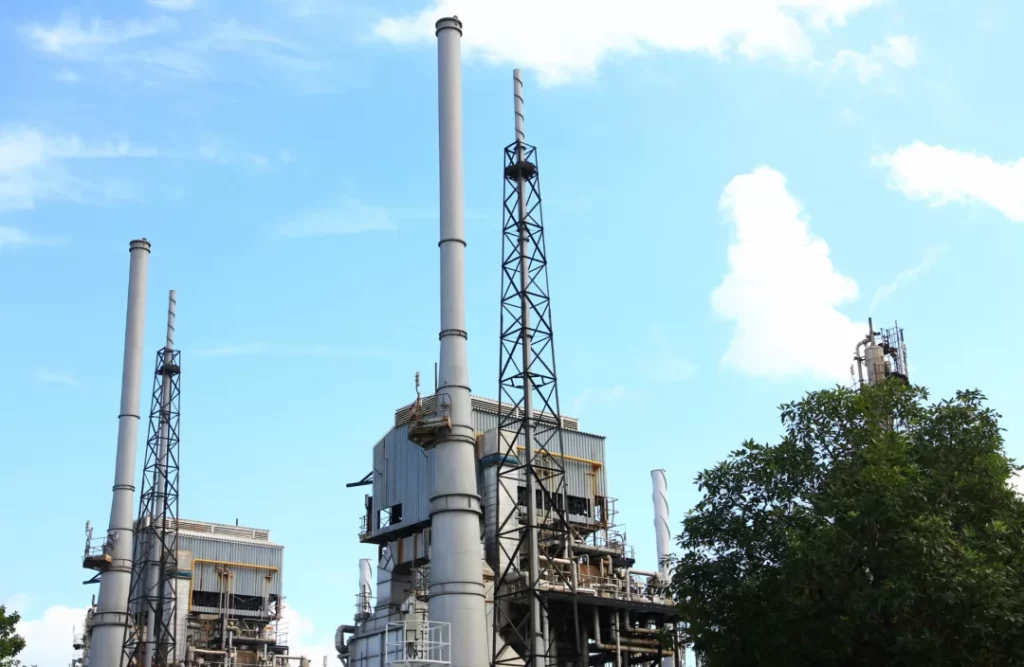
- Firstly, evaluate the current condition of the equipment, accounting for additional factors such as technology and spare part availability.
- Compare these findings with the desired capacity of the asset for the next 5-10 years.
- Develop a cost-effective that supports the operational capacity and safety of an asset over an extended period, this may involve replacing or updating equipment or making design modifications to the plant.
Good practice in asset integrity management
After multiple debates and discussions from those across the globe on what can be classed as ‘good practice’ for managing assets, ISO 55000:2014 was created to help provide clarity on the principles and terminology around asset integrity management.
However, there are multiple practices you can adopt as a business to heighten your asset integrity strategy including investing in training personnel, continuously reviewing and updating the program where necessary and fostering a culture of safety. By creating a culture that encourages open communication, staff will likely feel more comfortable reporting any issues or near-misses.

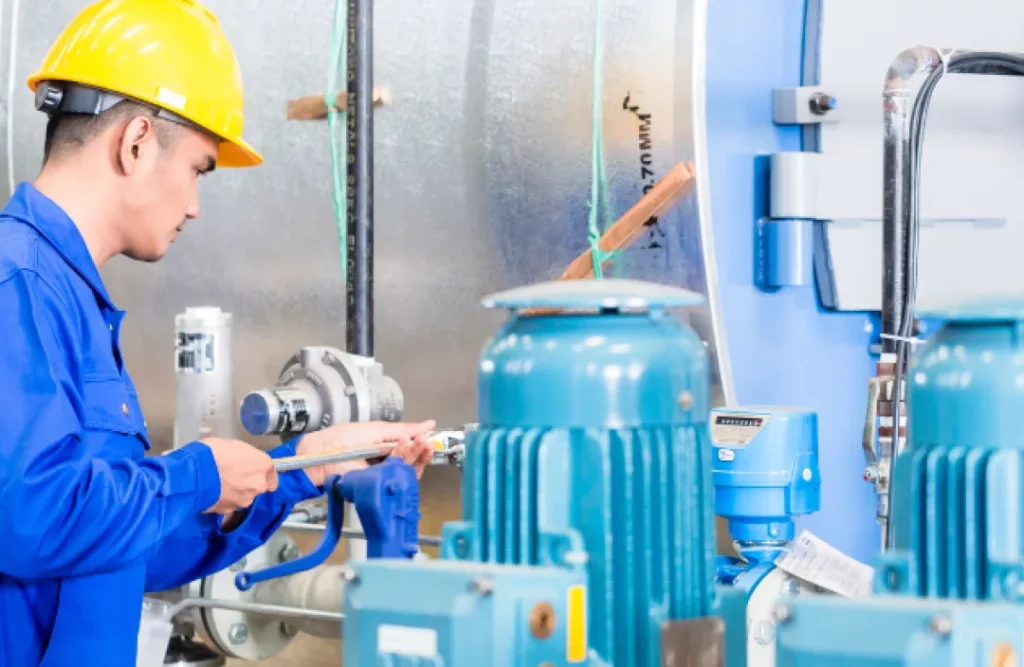
The future of asset integrity management
Advancements in digital technology are shaping the future of asset integrity management as these breakthroughs have led to stronger connectivity, greater data analysis, automation and service personalisation. The transformation throughout the industry can be broken down into three primary principles; industrialisation, digitalisation and organisational transformation.
Having said this, it is still hard to predict the exact future of asset integrity management as the field is constantly evolving. Our Senior Asset and Integrity Manager, Emeka Onuh, shares his thoughts on what he thinks the future holds for this area.


“At ABL, we’re always looking at how we can provide our services in ways that are slick and add plenty of value to our clients. We tailor our services to focus on where the main values and biggest impacts are, to maximise the return on the client’s investment.”
Emeka Onuh, Senior Asset Integrity Manager
Learn more about Asset & Integrity Management services
Strategic Asset Management and Operational Expenditure plan development
Project Objective: To develop a Strategic Asset Management Plan and…
Enrichment of asset master data for effective maintenance and integrity management
Project Objective: To assure safety integrity, improve reliability and work…
Technical Integrity and Asset Lifetime Extension Assessment
Project Objective: To provide a residual lifetime assessment measurement tool…
Asset Vulnerability and Life Extension Study
Client: Energy producer Asset: Offshore oil and gas platform Project…
Learn more about our Asset Integrity Management services
Find out how our team of experts can help you ensure the safety and reliability of your assets.


